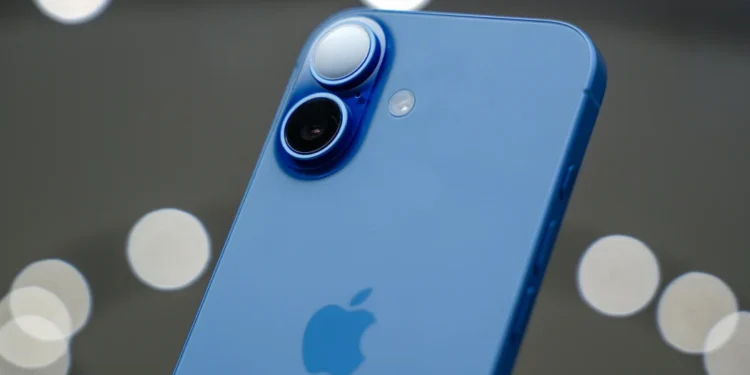Apple’s iPhone 17 has arrived, bringing a series of refinements over the iPhone 16. The improvements are visible in performance, display, camera, and battery life. Yet the question remains: are these meaningful steps forward, or have smartphones reached a point where only marginal gains are possible?
Key Differences
Display
The iPhone 17 introduces a 6.3-inch ProMotion display with a 120Hz refresh rate and higher brightness. This is a clear upgrade from the iPhone 16’s 6.1-inch 60Hz screen. Outdoor visibility is also better thanks to anti-reflective coatings.
Performance
Apple’s new A19 chip powers the iPhone 17. It offers stronger graphics performance and better support for AI features. The iPhone 16’s A18 chip is still powerful, but the jump is most noticeable for gaming and heavy multitasking.
Storage
The iPhone 17 doubles the base storage to 256GB. This shift reduces the risk of running out of space quickly, a common limitation with the iPhone 16’s 128GB base model.
Camera
The iPhone 17 upgrades both the ultrawide and front cameras. Low-light shots and macro photography show more detail, while selfies and video calls benefit from sharper sensors. The iPhone 16 still offers strong camera performance, but the improvements in the 17 are practical for content creators.
Battery and Charging
Battery life stretches further in the iPhone 17, with up to 30 hours of video playback. Charging speeds are also improved, reaching 0–50% more quickly with faster wired adapters. The iPhone 16 remains reliable, but its slower charging and shorter battery life mark it behind.
Durability and Connectivity
The iPhone 17 features a new Ceramic Shield with stronger scratch resistance and Bluetooth 6 support. These are incremental but useful refinements over the iPhone 16’s older shield and wireless standards.
Have We Hit the Limit?
The iPhone 17 proves that progress is still possible, but the scale of change is shrinking. Displays are already smooth and bright. Cameras deliver excellent quality, with only subtle gains year to year. Chips keep improving, but most users rarely push their devices to the limit.
Smartphone innovation has not stopped, but it has slowed. Future progress will likely come from areas beyond raw hardware power. Artificial intelligence, extended reality features, and breakthroughs in battery technology could provide the next wave of meaningful change.
Conclusion
The iPhone 17 is a stronger device than the iPhone 16. It offers a brighter screen, faster performance, improved cameras, longer battery life, and greater durability. For some users, those upgrades justify the jump. For others, the improvements may feel incremental.
Smartphones have not yet reached their absolute ceiling, but the days of revolutionary leaps appear behind us. The future may depend less on squeezing more out of the phone and more on reimagining what the phone can do.














